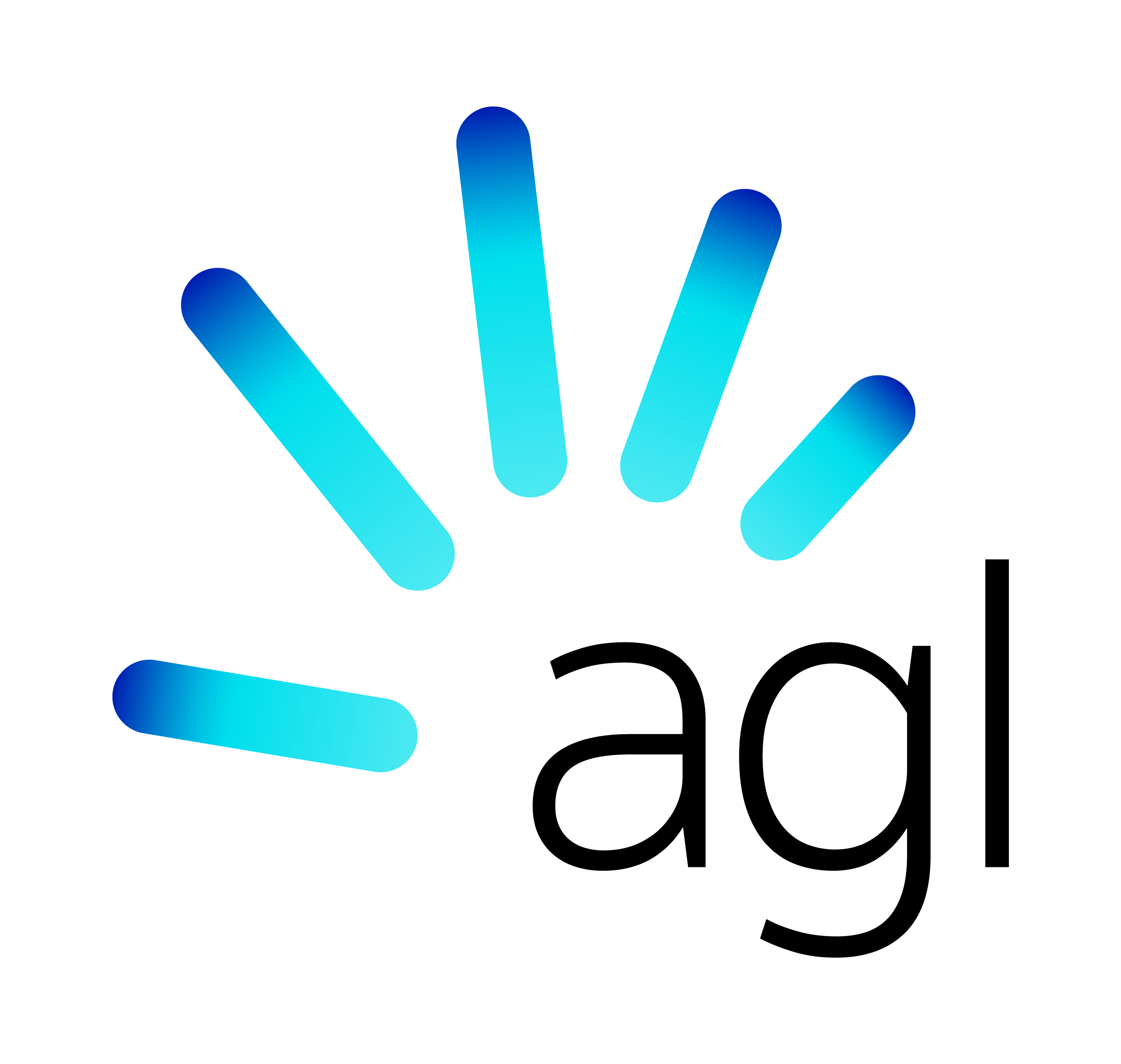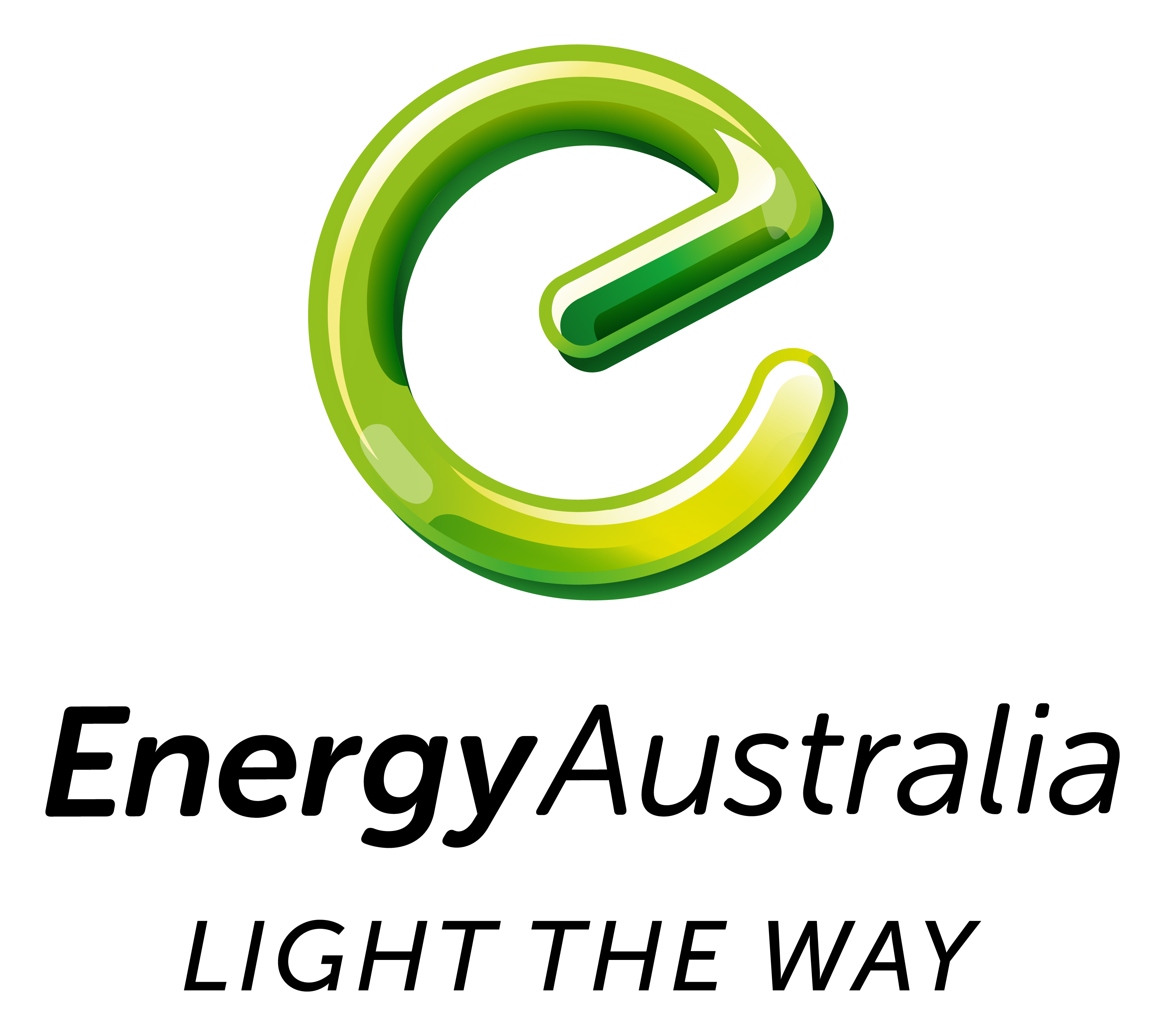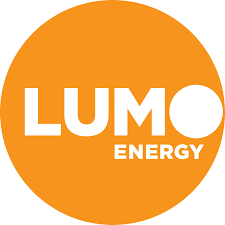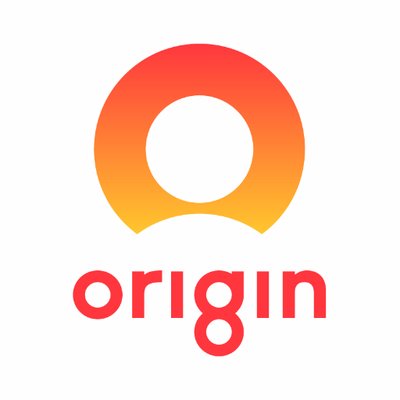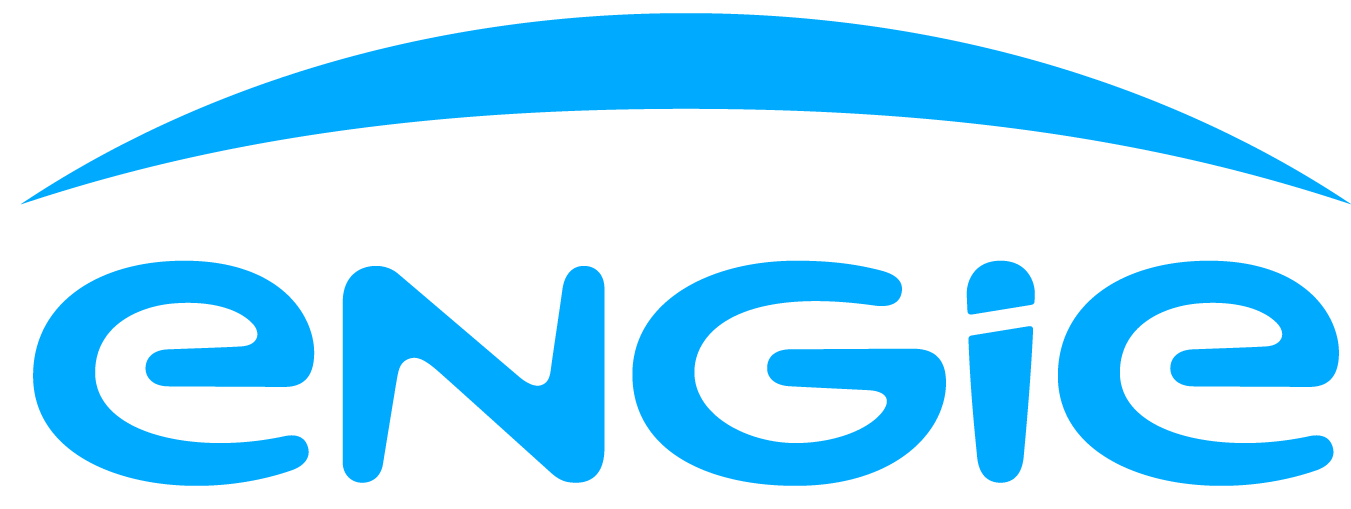| Unfortunately, Compare Energy can't currently help you connect your electricity or gas in Tasmania. The information below is a guide to help you find the right connection. |
Until recently, Tasmania had limited options for energy retailers. However, the deregulation of Tasmania's energy market has increased competition, aiming to lower prices for electricity and gas.
In 2014, full retail competition was introduced, allowing private companies to enter the market and offer energy plans to consumers.
Despite this, some Tasmanian residents, like those on the Bass Strait islands, still have limited choices. For example, residents of King and Flinders Islands cannot select their electricity provider, as Momentum Energy, owned by Hydro Tasmania, holds a monopoly there.
Additionally, Tasmania's gas market remains highly regulated, with Tas Gas Networks, a government-owned retailer, providing natural gas to customers.
Tasmania relies heavily on renewables for its energy, meeting all its power needs with hydroelectricity, wind farms, and some natural gas since November 2020. While not entirely renewable, natural gas is crucial for commercial and some residential uses.
Comparing electricity costs in Tasmania
To easily compare energy plans in Tasmania, you can use Compare Energy's online comparison service.
Tasmania offers various electricity tariffs that can impact your energy bills, allowing residents to choose based on their usage patterns and needs. Over 85% of Tasmania's electricity comes from hydroelectricity. These tariffs include:
- Flat rates for residential customers: Tariff 31 for light and power, and Tariff 41 for heating and hot water. Most households connect to both, but solar power can only be connected to Tariff 31.
- Peak and off-peak rates for residential customers: Tariff 93 charges different rates based on peak and off-peak times during the day and week.
- Other available tariffs: Tariff 61, now obsolete but still available for existing customers, offers off-peak rates in the late afternoon and night. Tariff 62 is similar to 61 but is for overnight use only and can be used with Tariff 31/41 or Tariff 93.
- Solar feed-in tariff: Customers with solar energy systems and smart meters may be eligible for the solar feed-in tariff, which is set at a minimum rate of 8.883 cents per kilowatt-hour (kWh) for the 2022-23 period in Tasmania.
So how do you compare electricity prices in Tasmania?
- Consider your energy usage rates and supply charges, seeking plans with the lowest kWh rates and daily supply charges to reduce your overall bill.
- Use the reference price as a comparison tool, ensuring it reflects similar energy usage for an accurate assessment of plan competitiveness.
- Review your actual energy usage to compare plans effectively and find the most suitable option.
- Choose a tariff that matches your consumption habits, such as single-rate, time-of-use, solar feed-in, or controlled load tariffs. Keep in mind that some tariffs may require a smart meter.
- Check the benefit period of any introductory plans to avoid transitioning to a more expensive option once the initial period ends.
- If you have solar panels, check the provider's solar feed-in tariff to understand how much you'll be paid for surplus electricity.
After considering these factors, feel free to reach out to one of our experts at Compare Energy for further assistance in finding the best electricity plan for you.
What are the cheapest electricity providers in Tasmania?
To discover the most cost-effective energy plans in Tasmania and select the ideal option for your requirements, you should take into account several key factors:
- Incentives for switching providers
- Lowest usage rates available
- Supply charges
- Contract duration and associated exit fees
- Qualification criteria for discounts
- Duration of discounts (benefit terms)
With only three electricity providers in Tasmania, Energy Locals emerges as the most cost-effective choice for residents. The provider stands out by not imposing any exit fees, offering the flexibility to switch without financial penalties if you're unsatisfied.
Comparing gas costs in Tasmania
Gas plans follow a structure similar to electricity plans. When comparing gas options, key factors to consider include:
- Service and support: Consider the ease of applying or switching plans.
- Billing and payments: Review billing frequency and online payment options.
- Plan flexibility: Look for competitive solar feed-in tariffs.
If you're in the gas zone in Tasmania, your choices are limited to Tas Gas or Aurora Energy, as they are the main providers in that area. Their rates are quite similar, so there isn't a clear best option between the two.
Tasmania's gas market remains tightly regulated, with Tas Gas Networks being the primary supplier of natural gas to customers.
Who are Tasmania’s cheapest gas providers?
In Tasmania, natural gas options are limited to Aurora Energy and Tas Gas for residential customers.
Despite the unregulated prices, few new providers enter the market. While Tas Gas may have higher daily supply charges and lower usage rates, Aurora Energy has lower daily supply charges but higher usage rates, resulting in little price difference between the two.
Finding the best energy plans in Tasmania
When assessing energy providers in Tasmania, consider these crucial aspects:
- Pricing: Take advantage of potential savings by comparing plans, particularly if you haven't switched providers recently. Our tool can help you find the most competitive rates in your location.
- Discounts: Look for providers offering discounts or rates lower than the Tasmania Default Offer (VDO), a government-set standard for plan comparisons.
- Additional Charges: Scrutinise provider terms to uncover any hidden fees like connection or late payment charges that may impact your overall costs.
Tasmania energy rebates and concessions
Tasmania offers various energy rebates and concessions to eligible residents. These programs aim to provide financial assistance and support with energy costs. Some common rebates and concessions include:
- Annual Electricity Concession: This provides eligible customers with a discount on their electricity bills.
- Life Support Concession: Available to customers who use energy-intensive life support equipment at home.
- Medical Heating and Cooling Concession: Offers assistance to customers who have a medical condition that requires heating or cooling.
- Tasmanian Heating Allowance: Helps eligible customers with the cost of heating their homes during the winter months.
These are just a few examples, and there may be other programs available. It's best to check with Tasmanian government websites or relevant authorities for the most up-to-date information on energy rebates and concessions in Tasmania.
Greenest energy providers in Tasmania
As Australia grapples with a significant energy challenge, the transition to renewable energy sources becomes increasingly important.
If you're passionate about renewables, you may be seeking an energy provider that offers GreenPower to reduce your household's emissions or one that supports solar panels. Regardless of your preferences, thorough research is essential to find a competitively priced plan.
Here is our pick for the greenest energy provider in Tasmania:
Energy Local
Energy Local offers Australians clean electricity at fair prices, while supporting local charities or community groups with a portion of your bill.
They also provide carbon offsets for carbon-neutral energy consumption and offer Greenpower options to support the initiative.
FAQ
How do I switch providers?
When considering a switch of energy providers, several steps are essential to ensure a smooth transition.
- Start by reviewing your current plan's exit fees.
- Next, establish your energy needs to determine the most suitable plan for your situation.
- Compare deals available in your area to find the best option. Once decided, proceed to switch energy providers, keeping in mind that your old provider may contact you during this process.
- After switching, expect to receive a welcome pack from your new retailer. A final metre reading will be conducted, and your new provider will get in touch with you to finalise the transition.
- Finally, ensure you gain access to any special features of your new plan and remain engaged with your energy usage, rather than simply setting and forgetting.
How can I save money on energy?
Choosing the right energy plan can lead to significant savings. While price is crucial when comparing plans, it's not the only factor to consider. Energy plans can vary widely in cost, and the potential savings depend on your energy consumption patterns. By evaluating both price and usage patterns, you can find a plan that offers the best value for your specific needs.
What is a smart meter?
A smart meter is a digital device that tracks a home's energy usage in at least 30-minute intervals and transmits this data to the energy retailer, typically on a daily basis. While residents can access this information, it is not displayed directly on the meter, requiring additional steps to read.
How is energy charged in Tasmania?
The total amount on your energy bill is determined by multiplying the energy you've used in kilowatt-hours (kWh) by the price per unit of energy.
What is the average energy bill in Tasmania?
Tasmania stands out with the highest average annual electricity bills among all states in the National Electricity Market.
On average, Tasmanian households pay over $1,900 annually for electricity, with usage rates averaging around 36 cents per kilowatt-hour. Due to these high costs, energy providers in Tasmania often emphasise competitive rates to attract customers seeking affordable electricity and gas plans.
How can I compare Tasmania energy rates?
With the help of our Compare Energy team, you can learn the best energy rates in Tasmania. Give us a call today.
